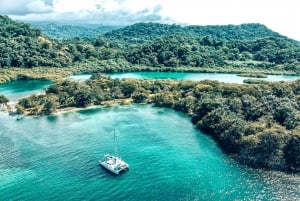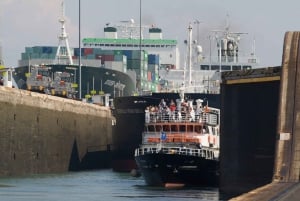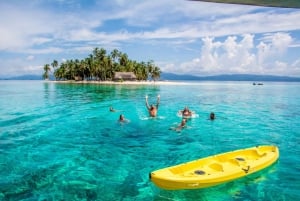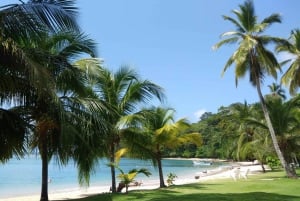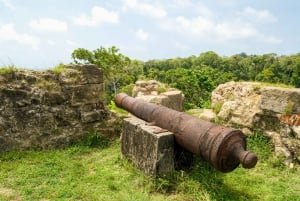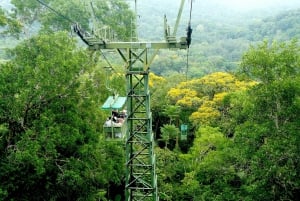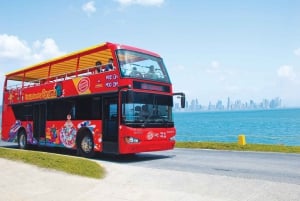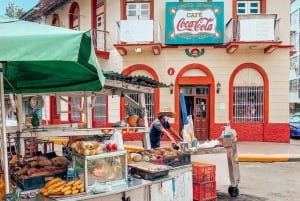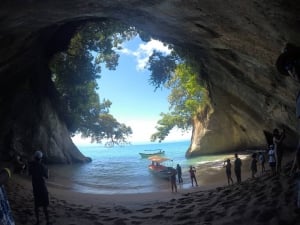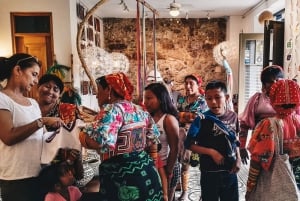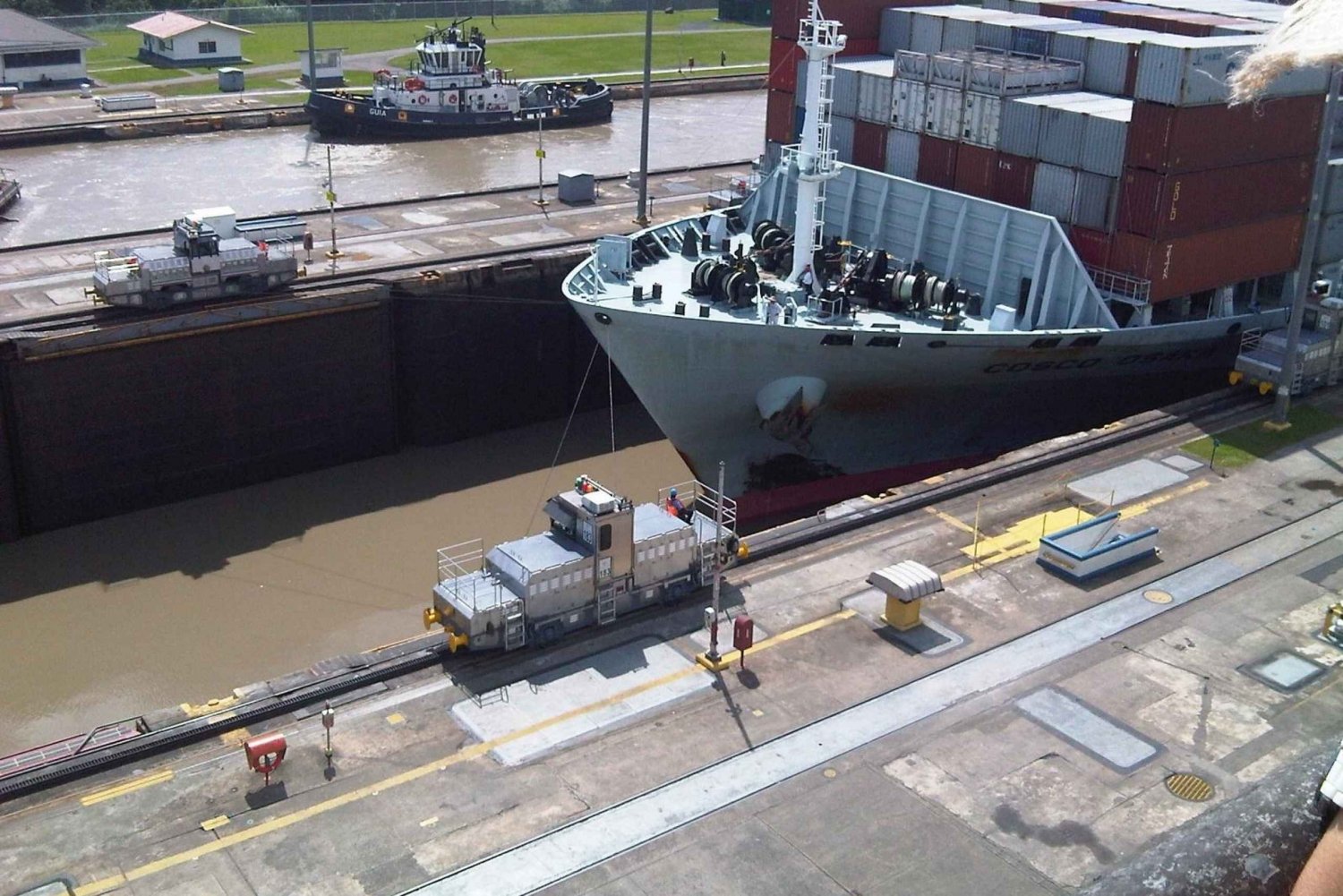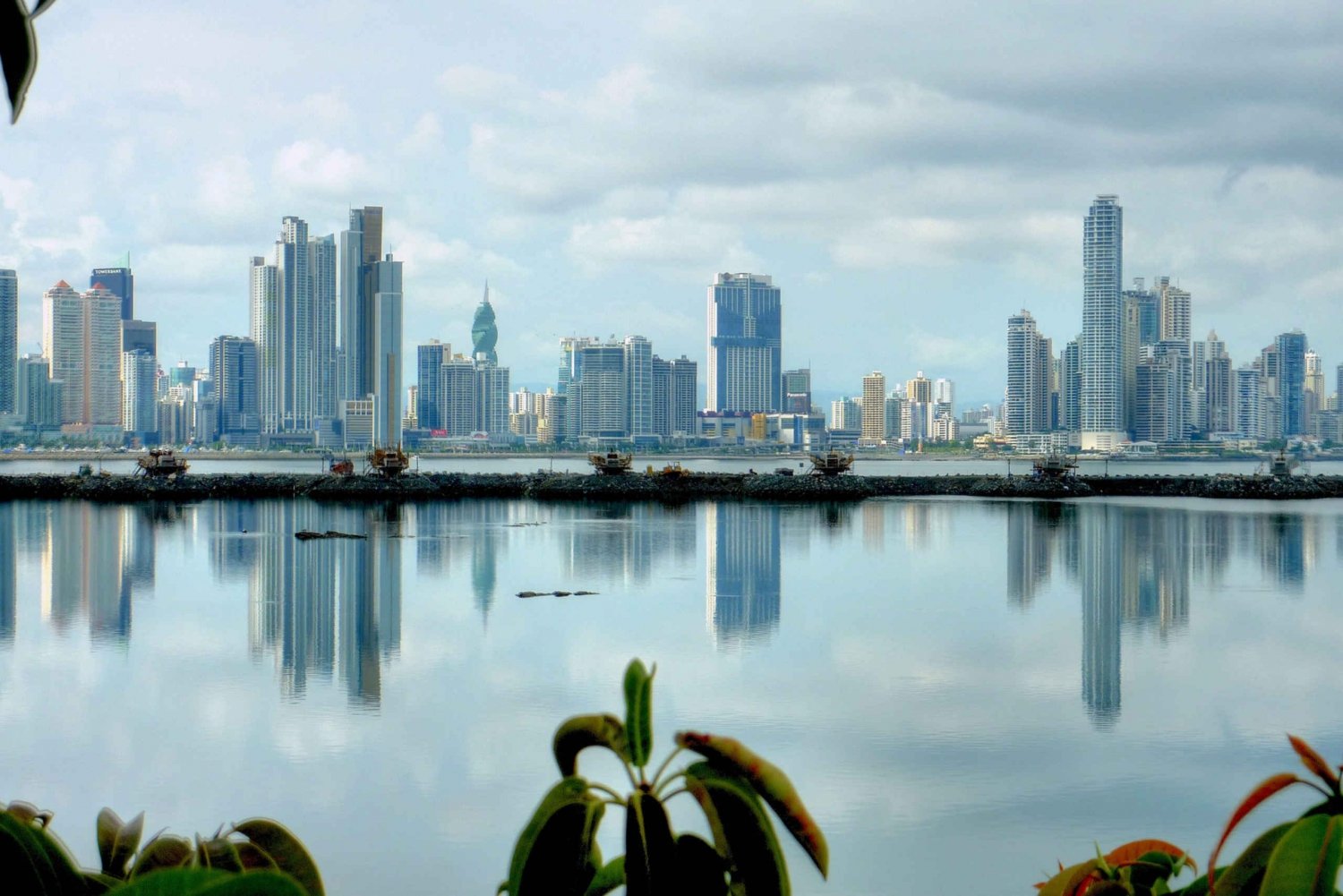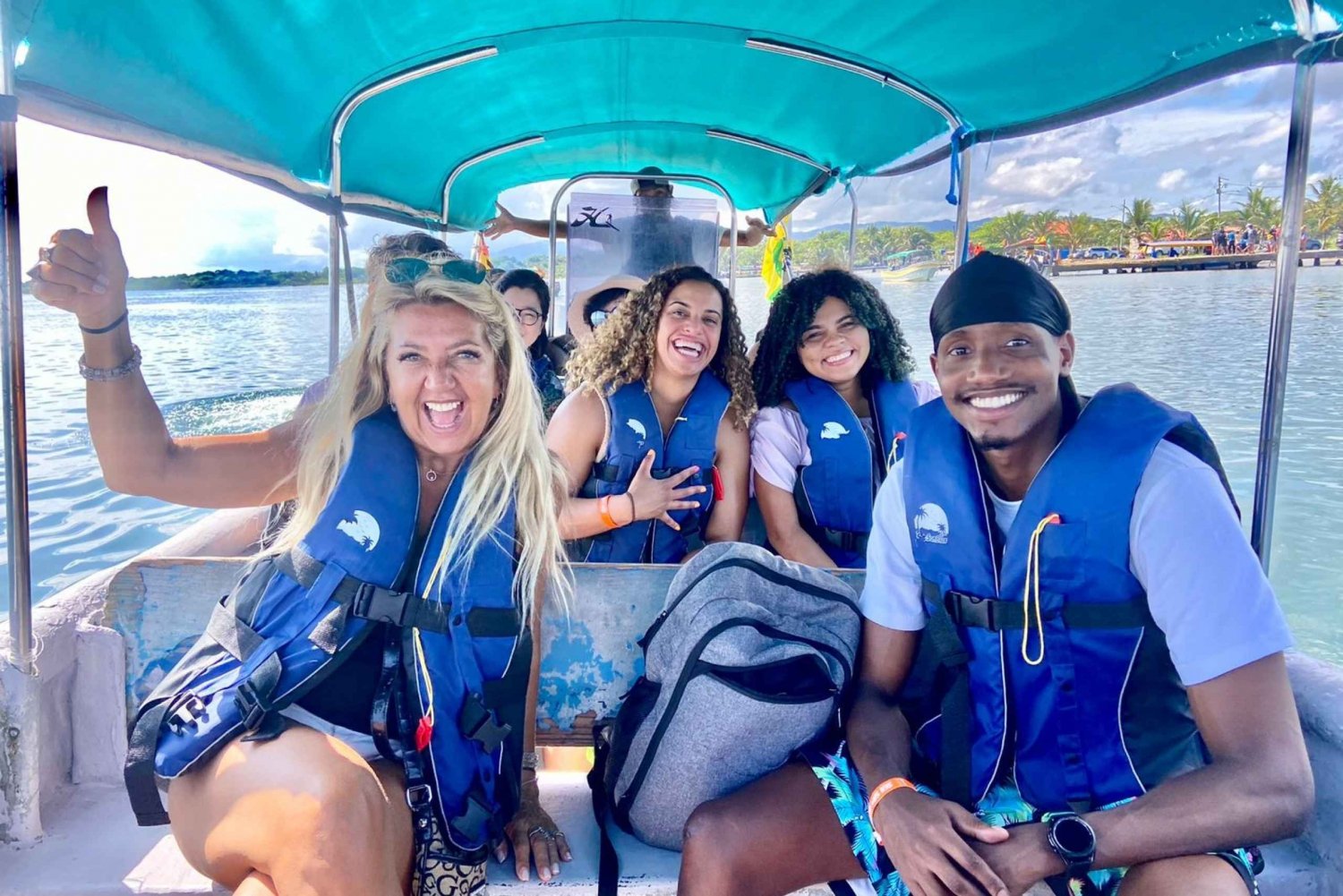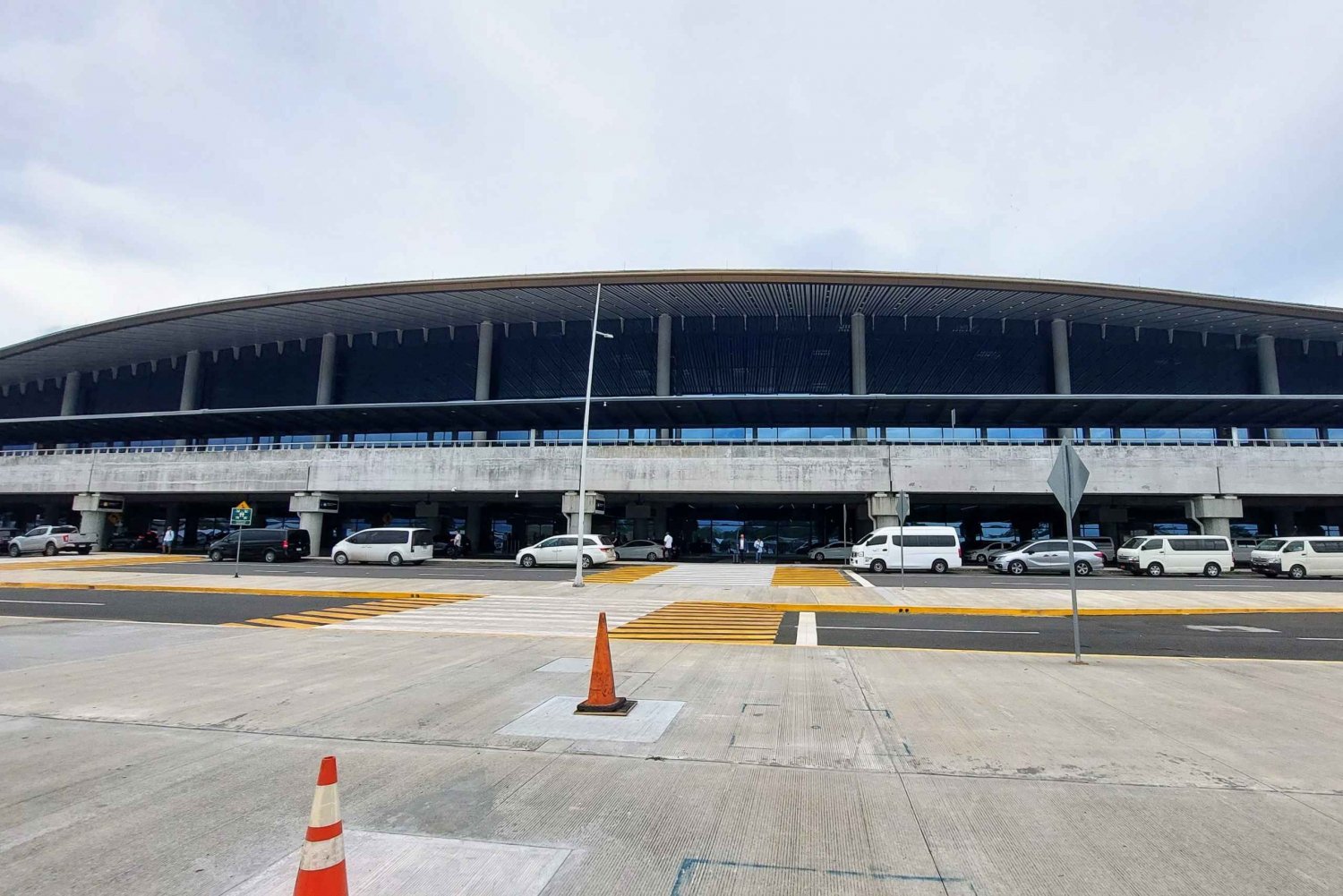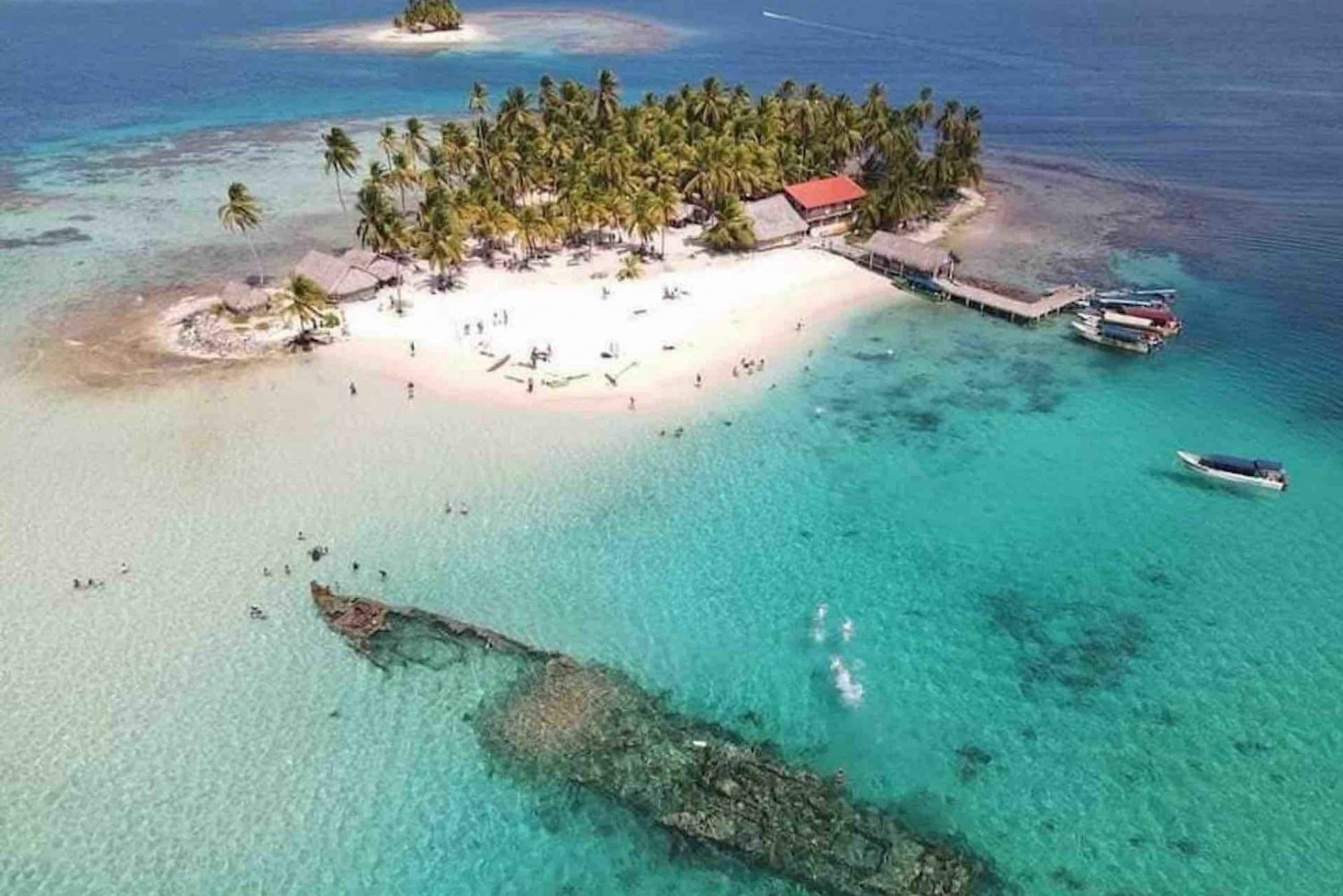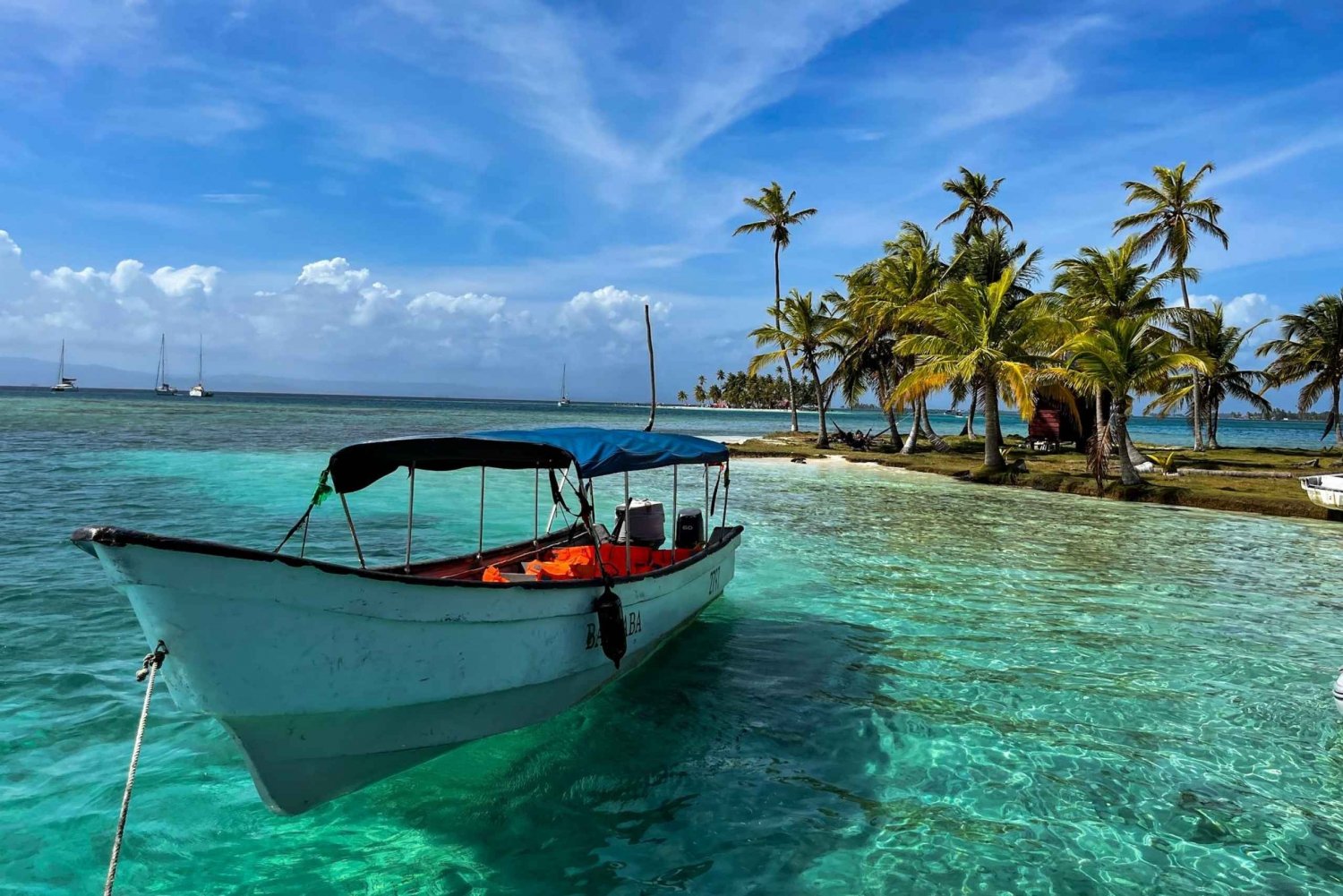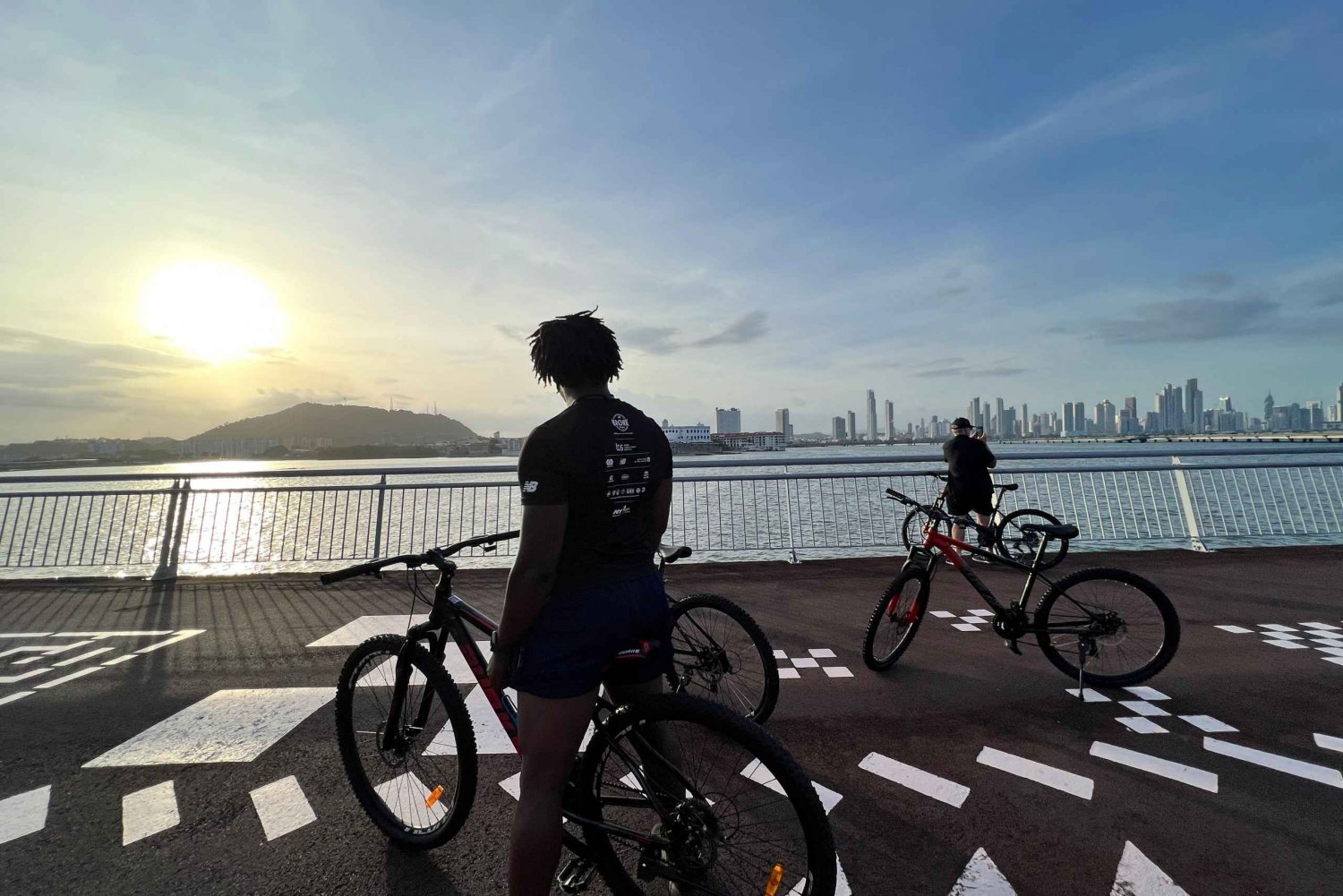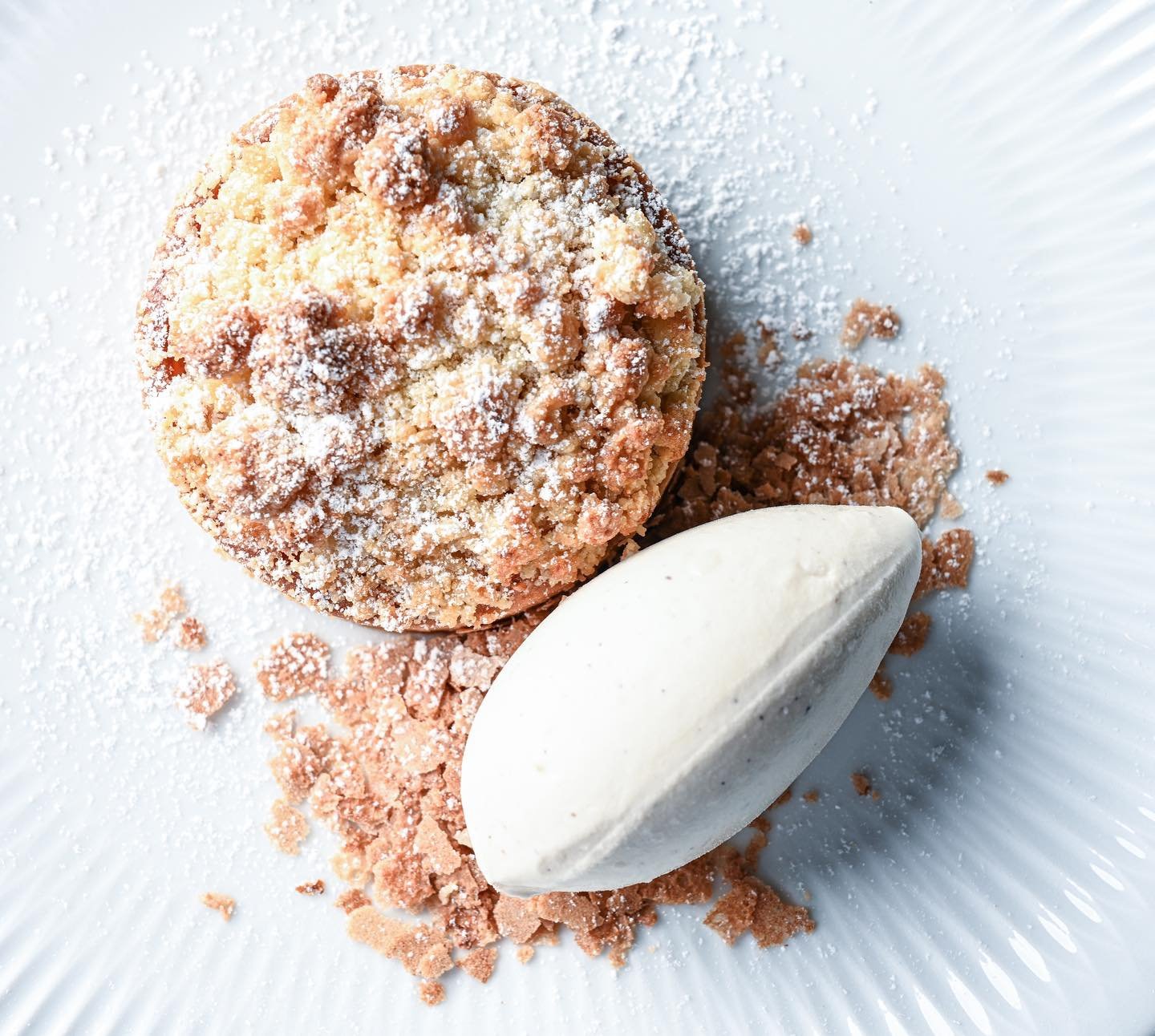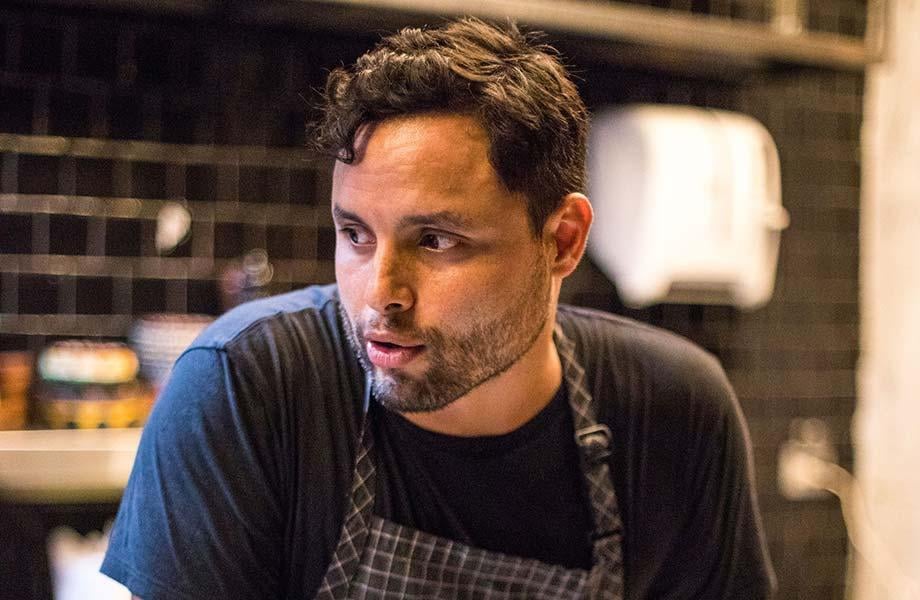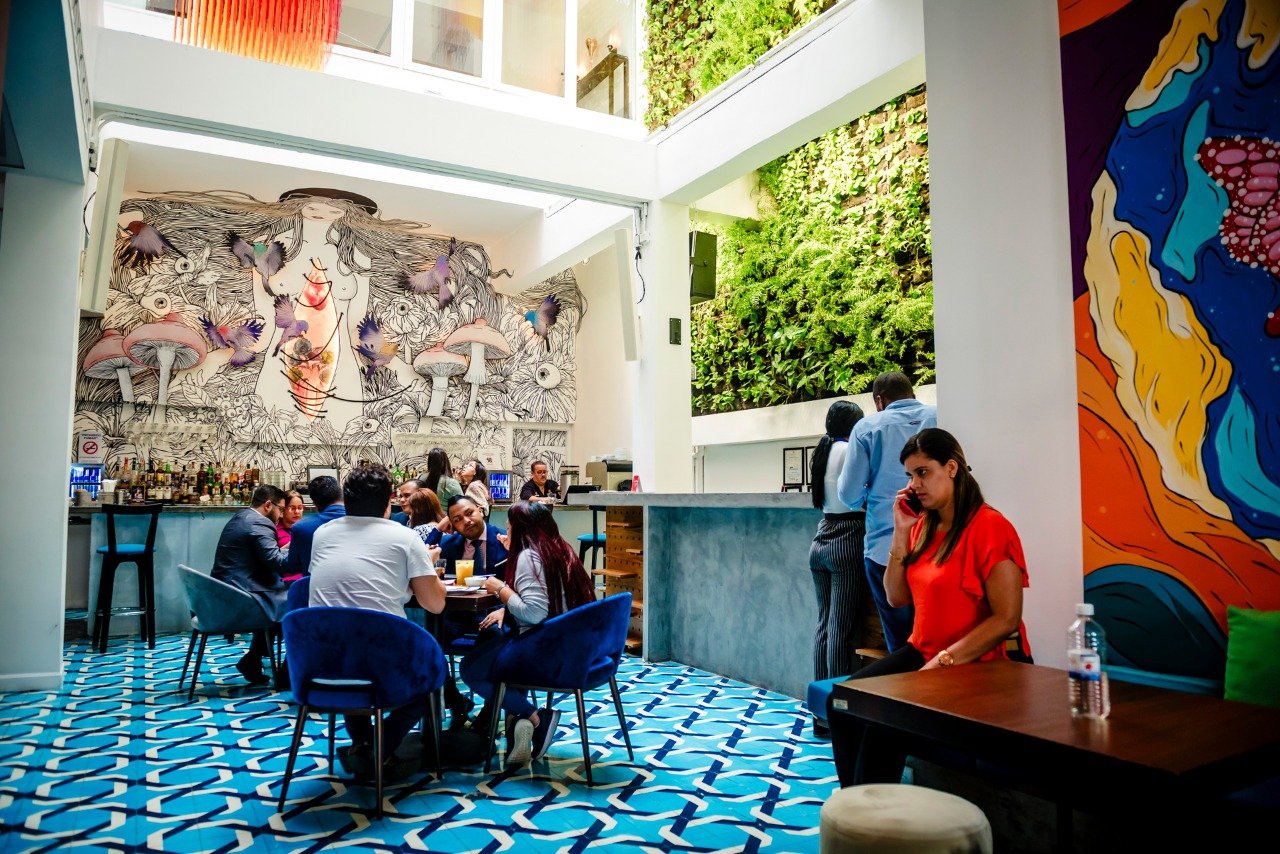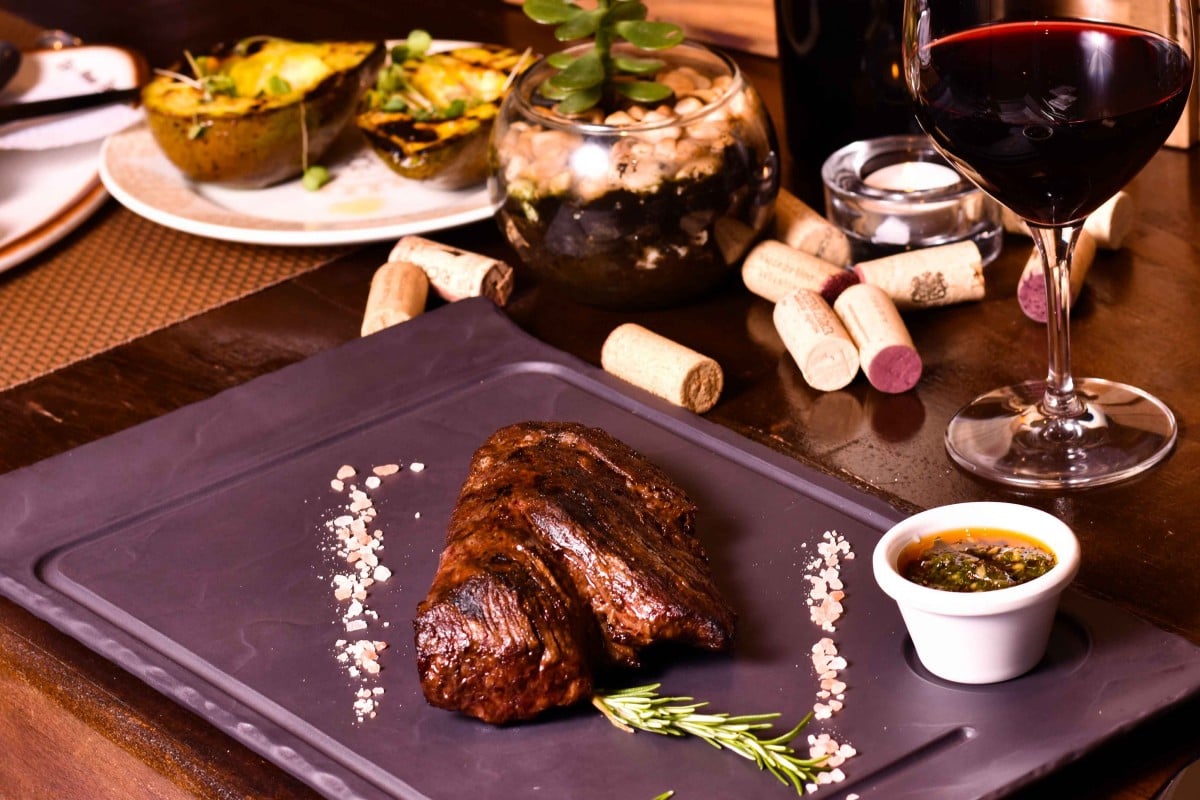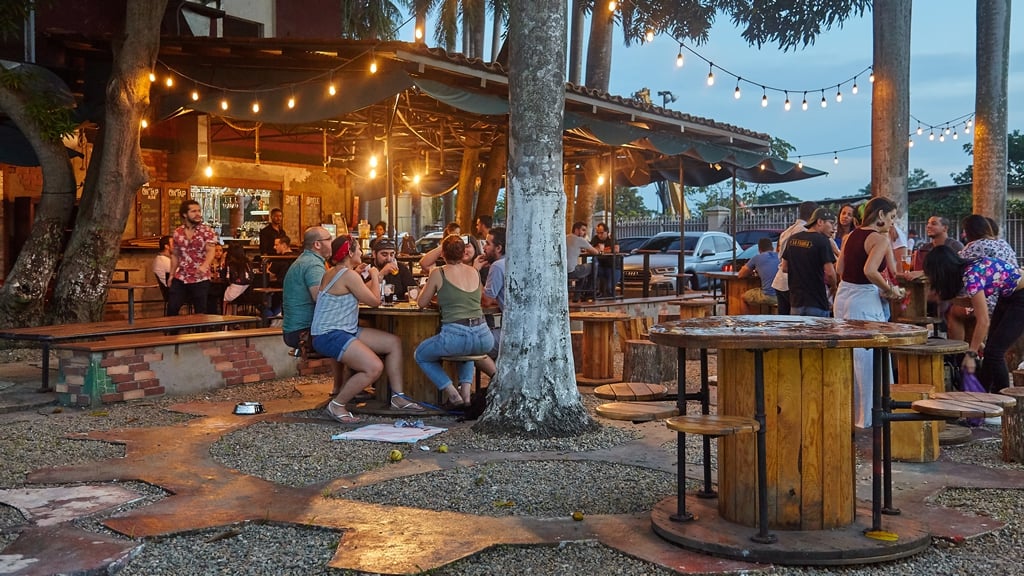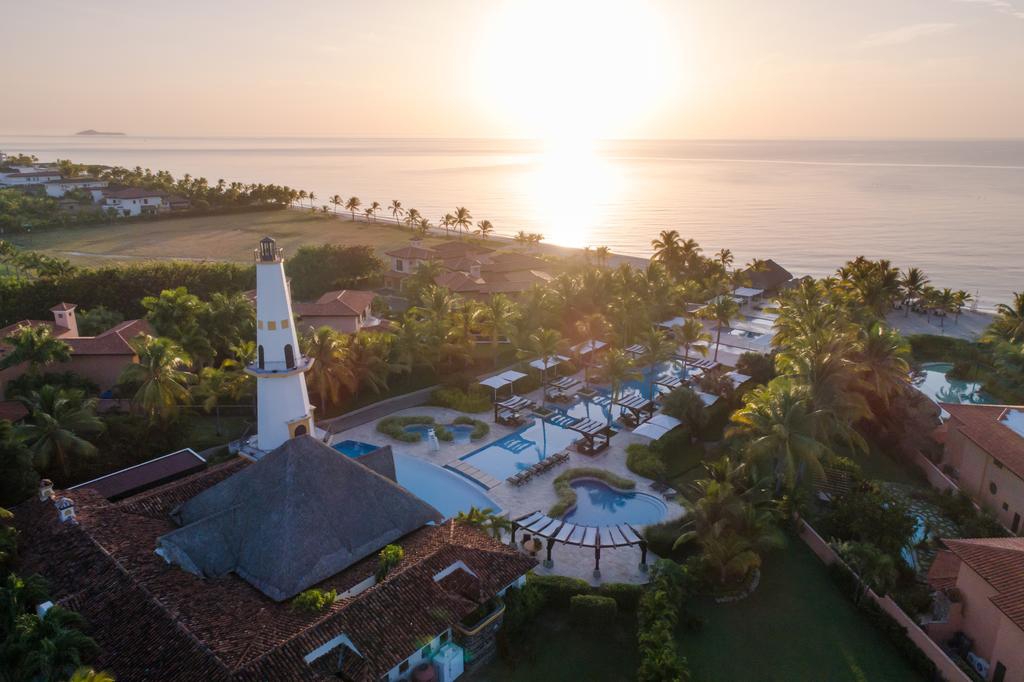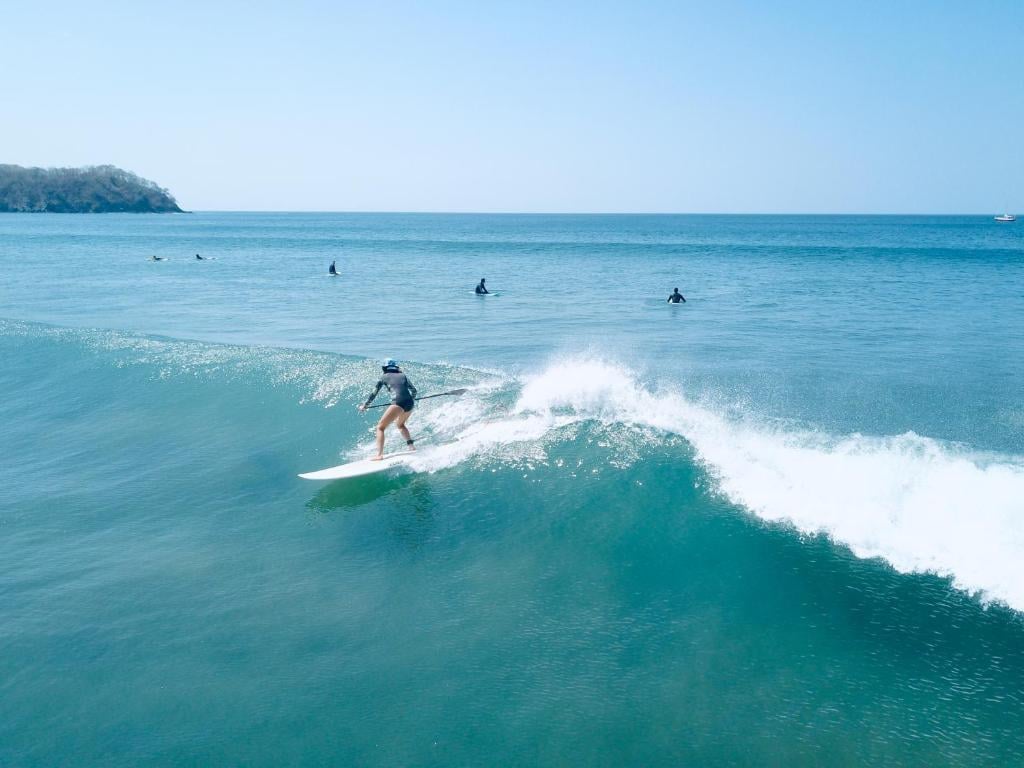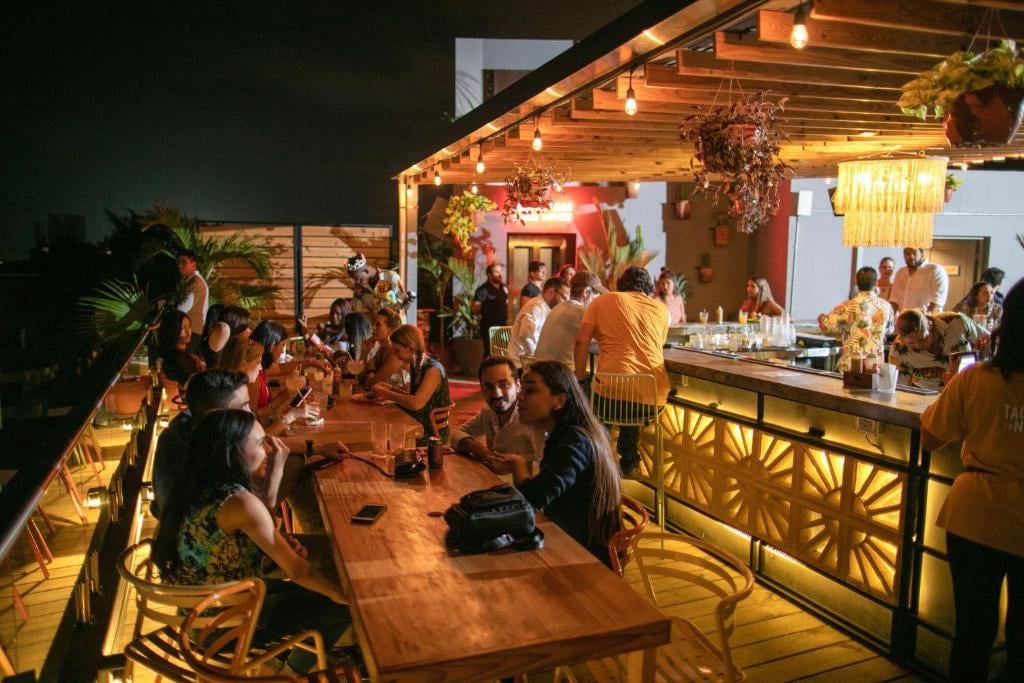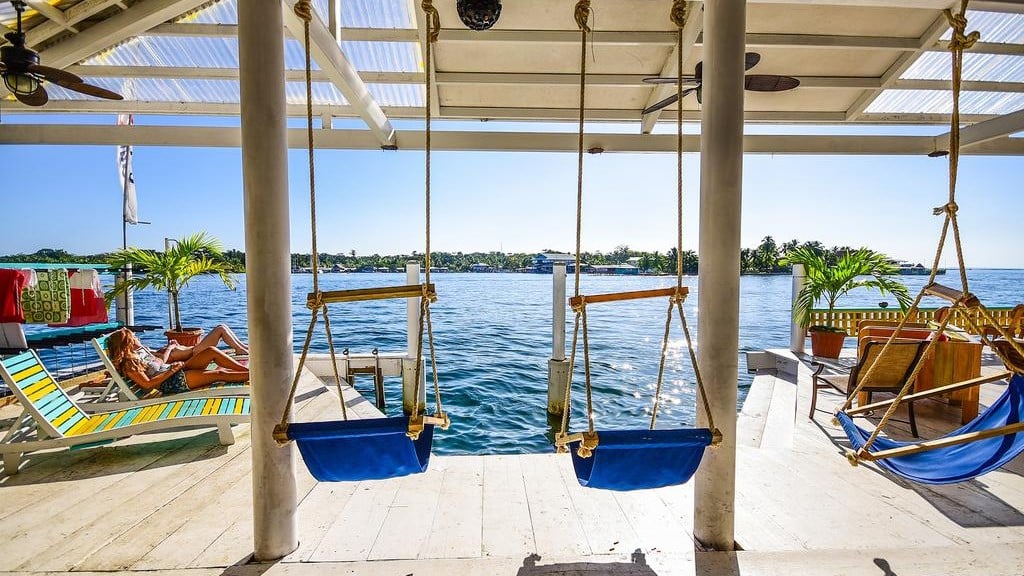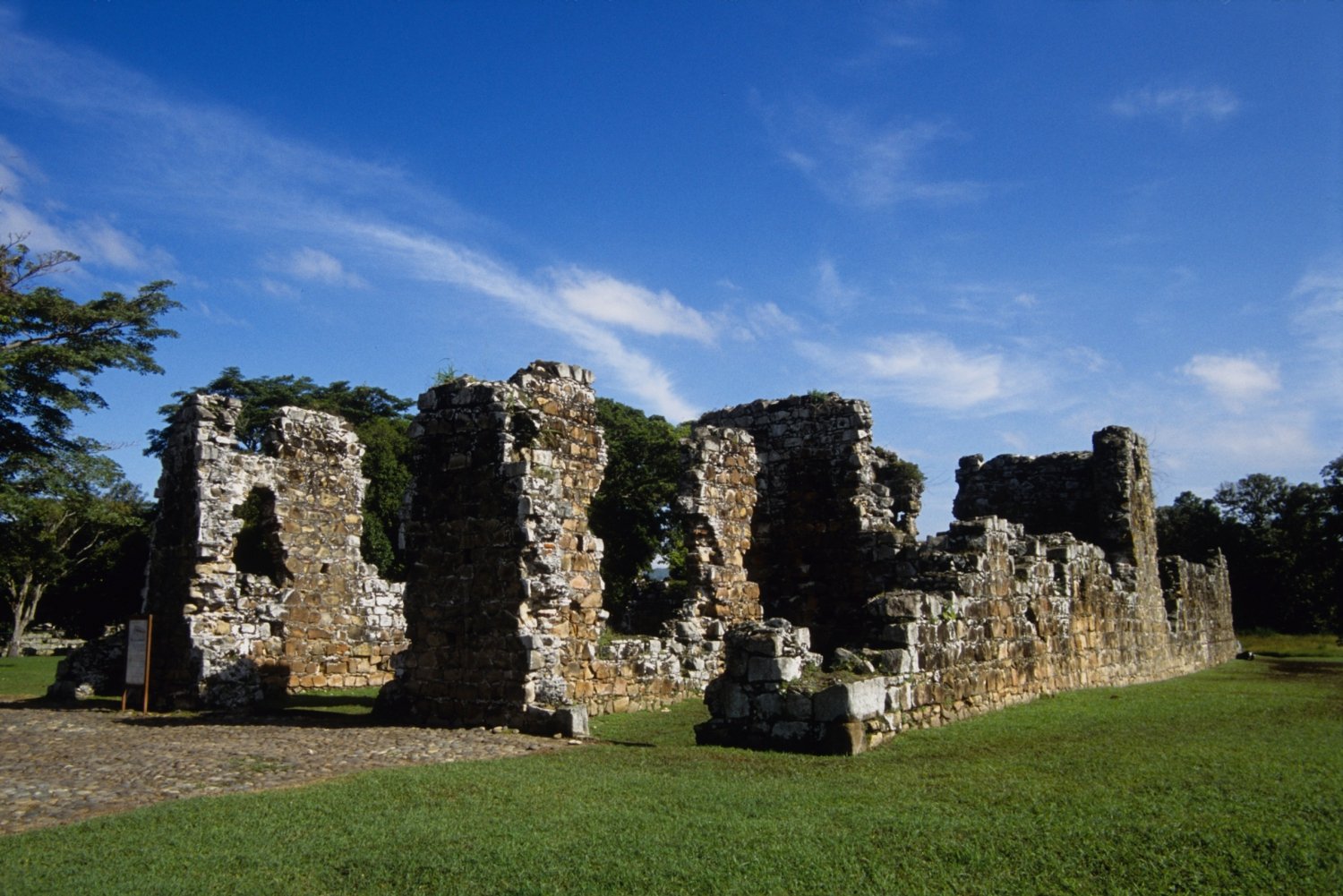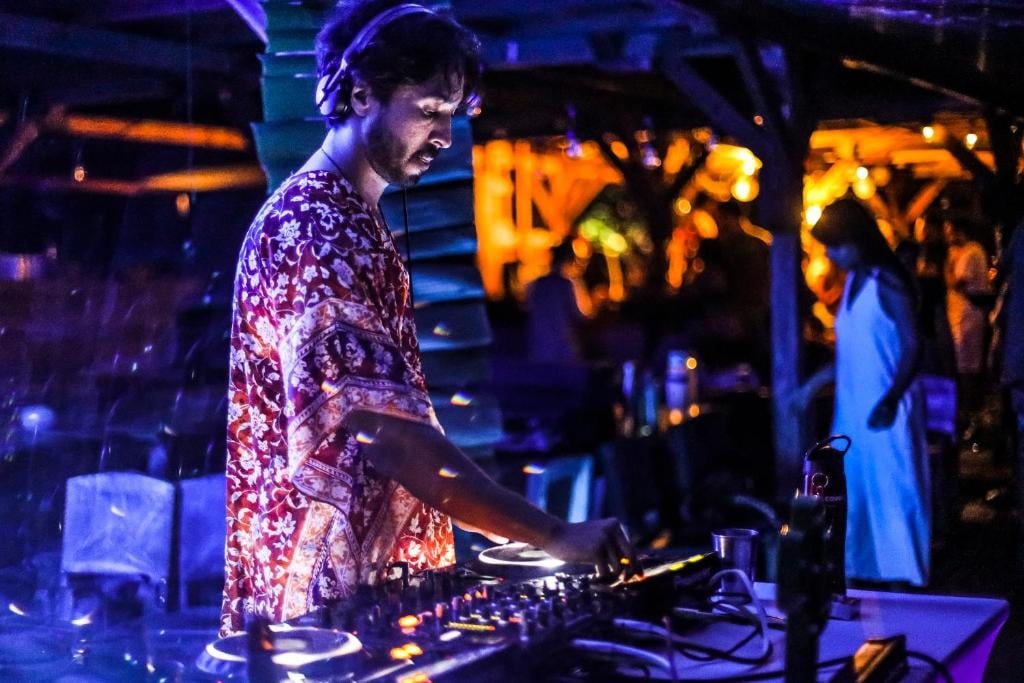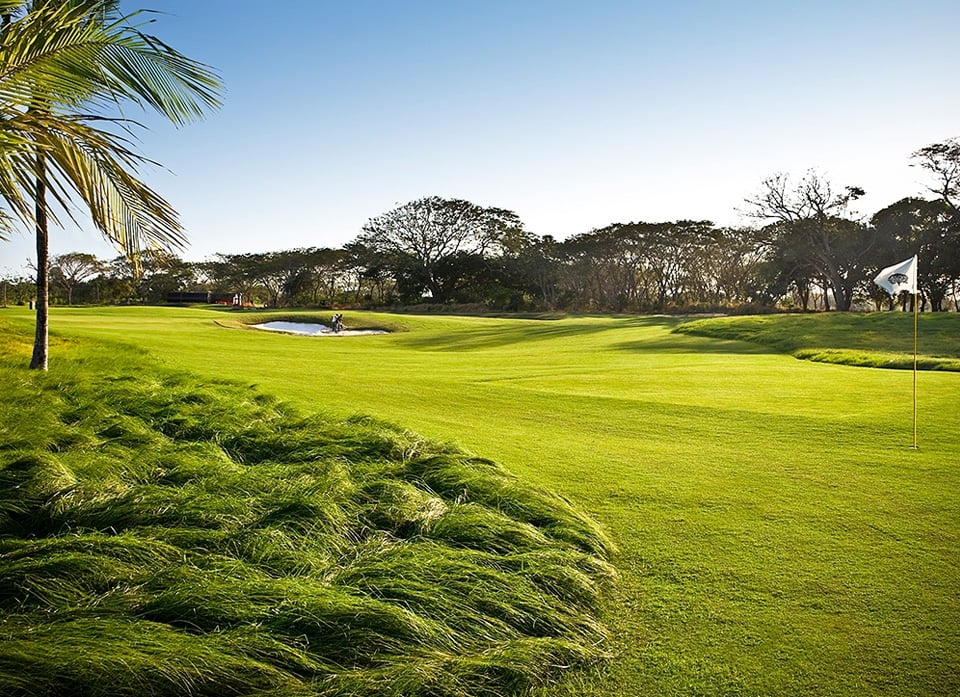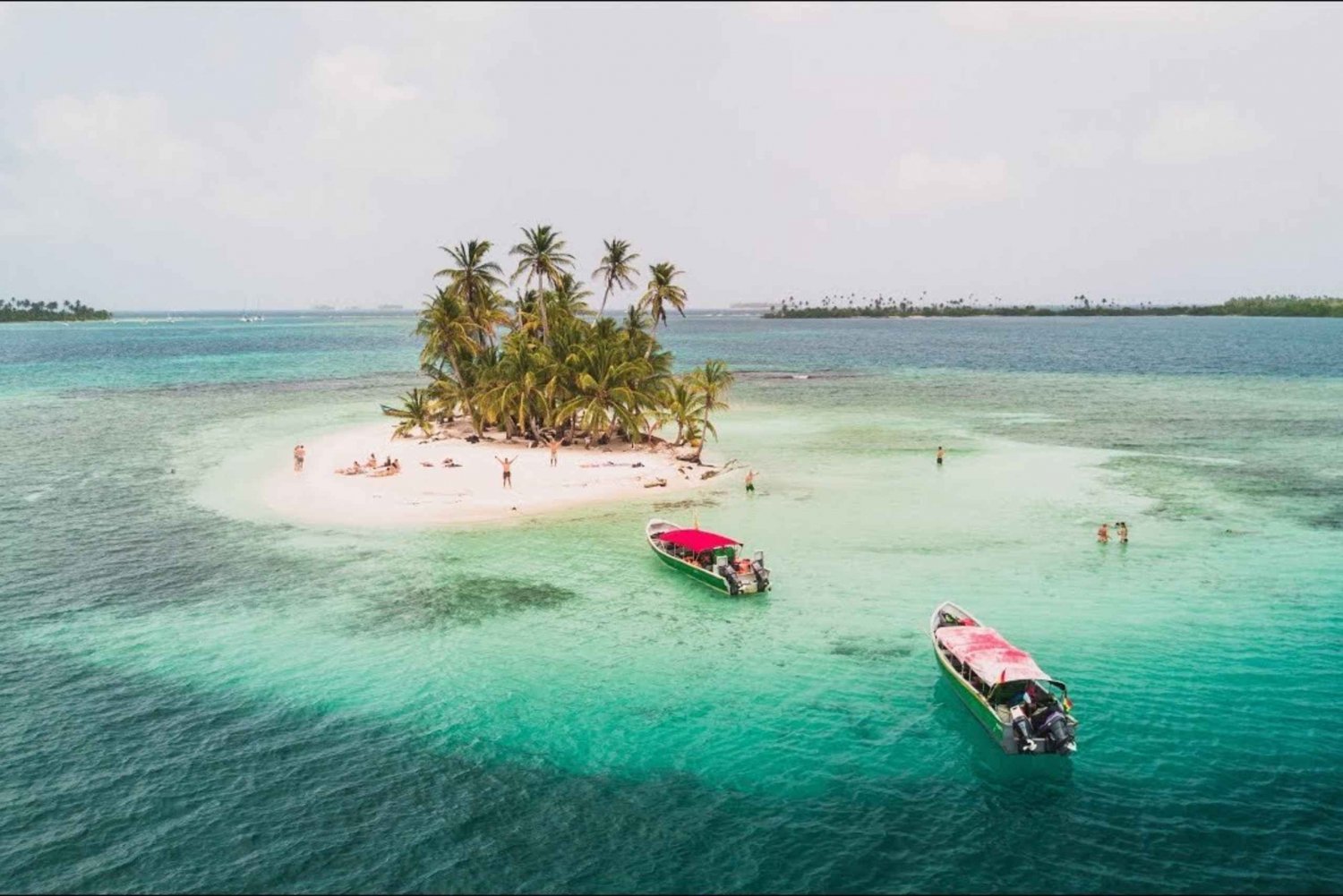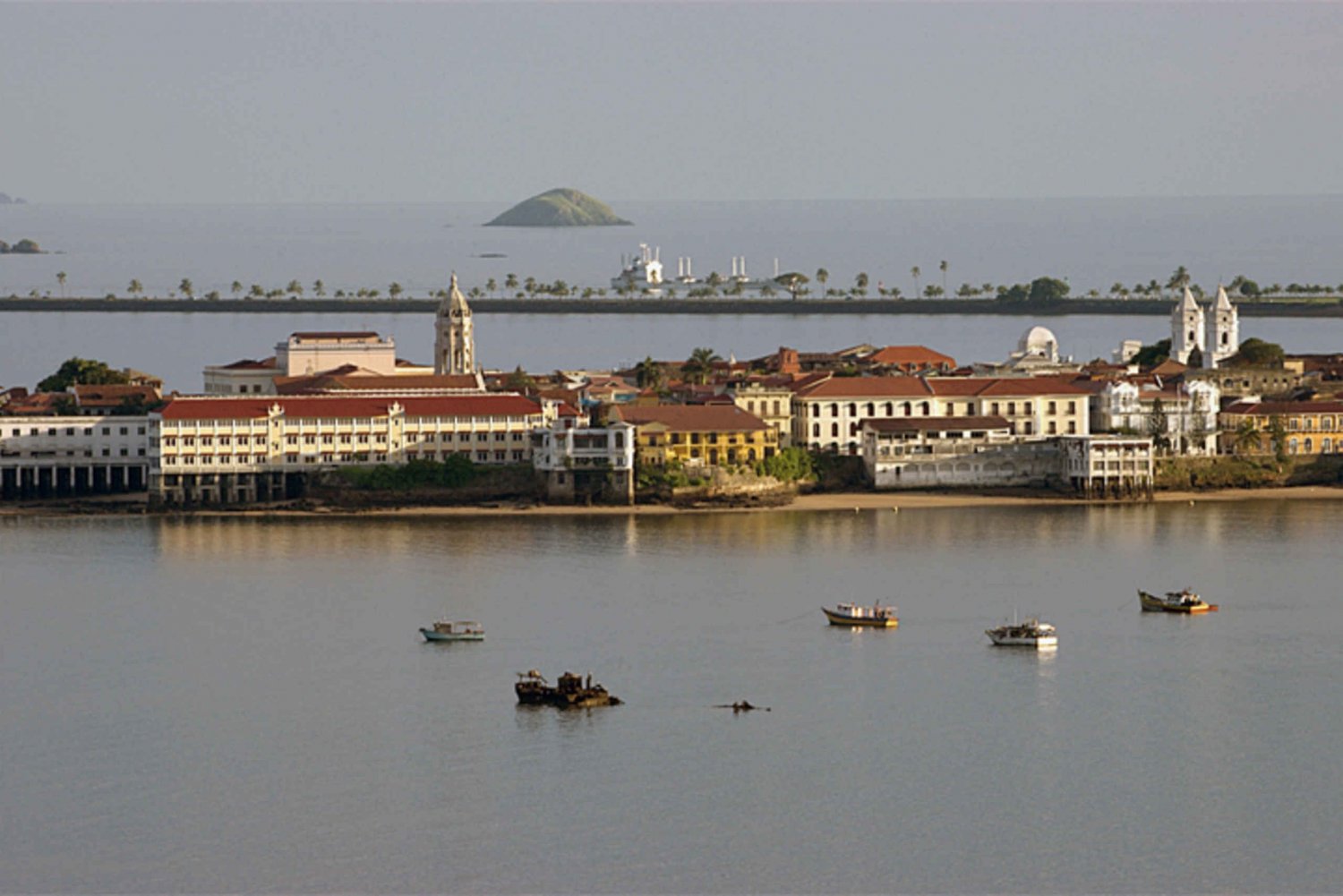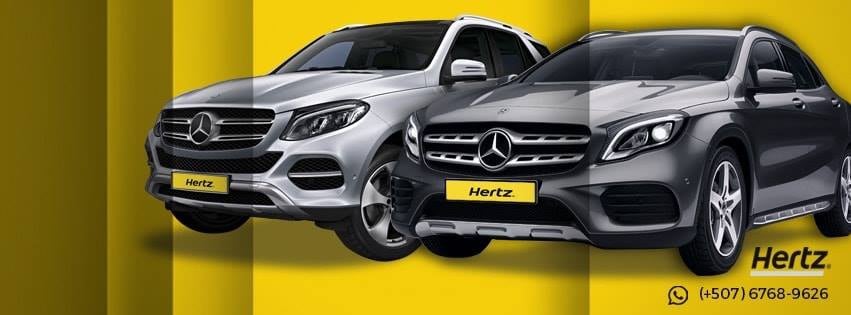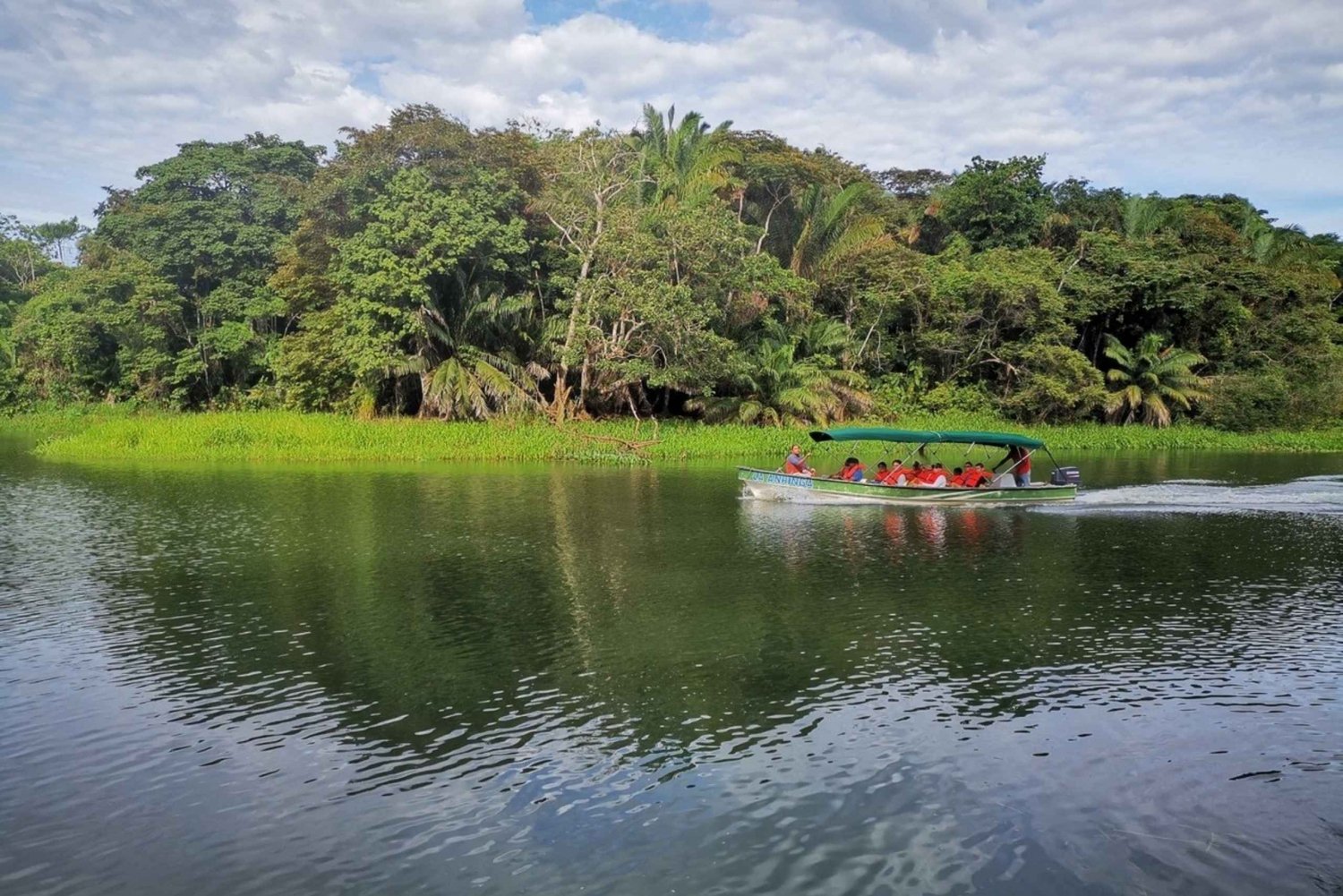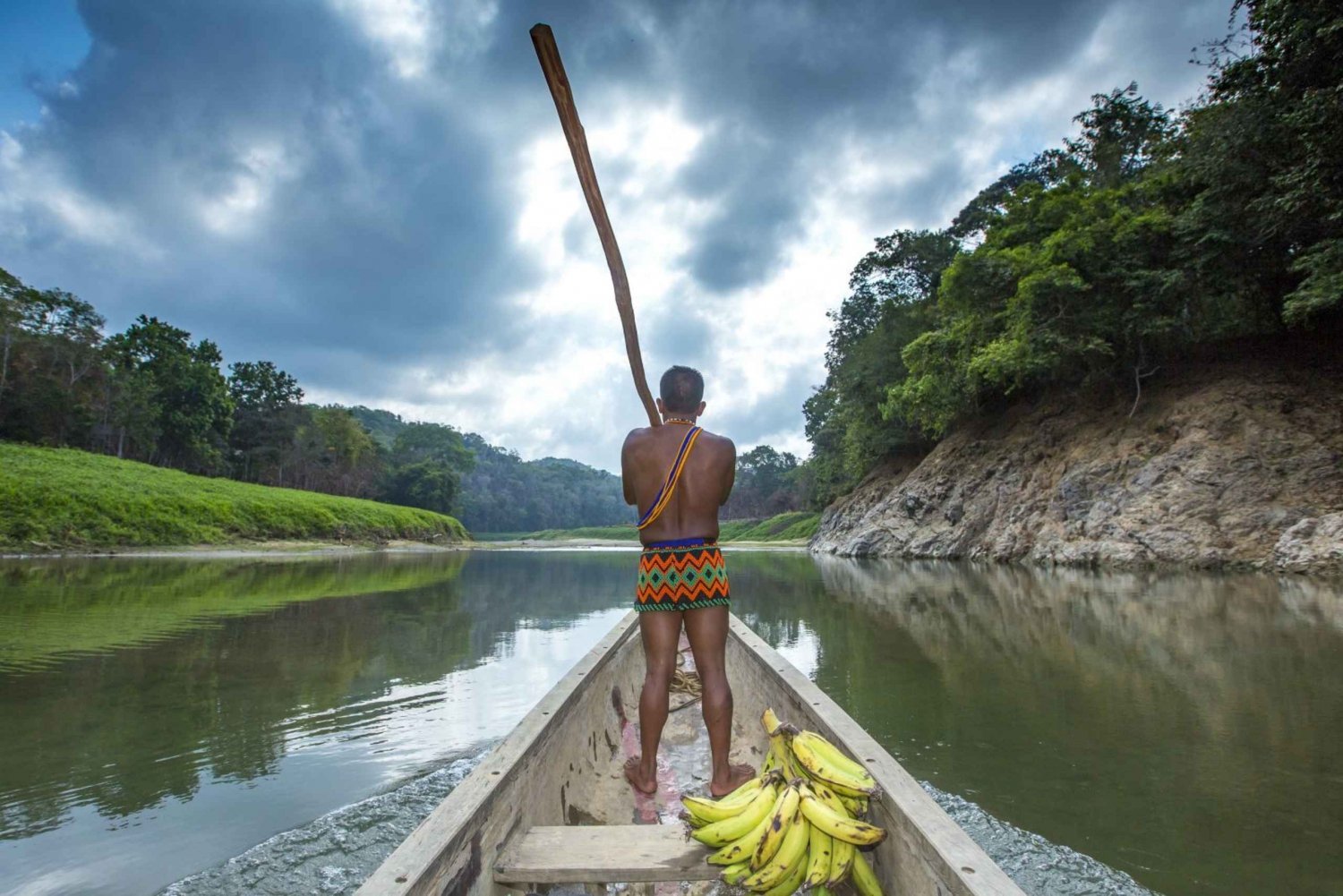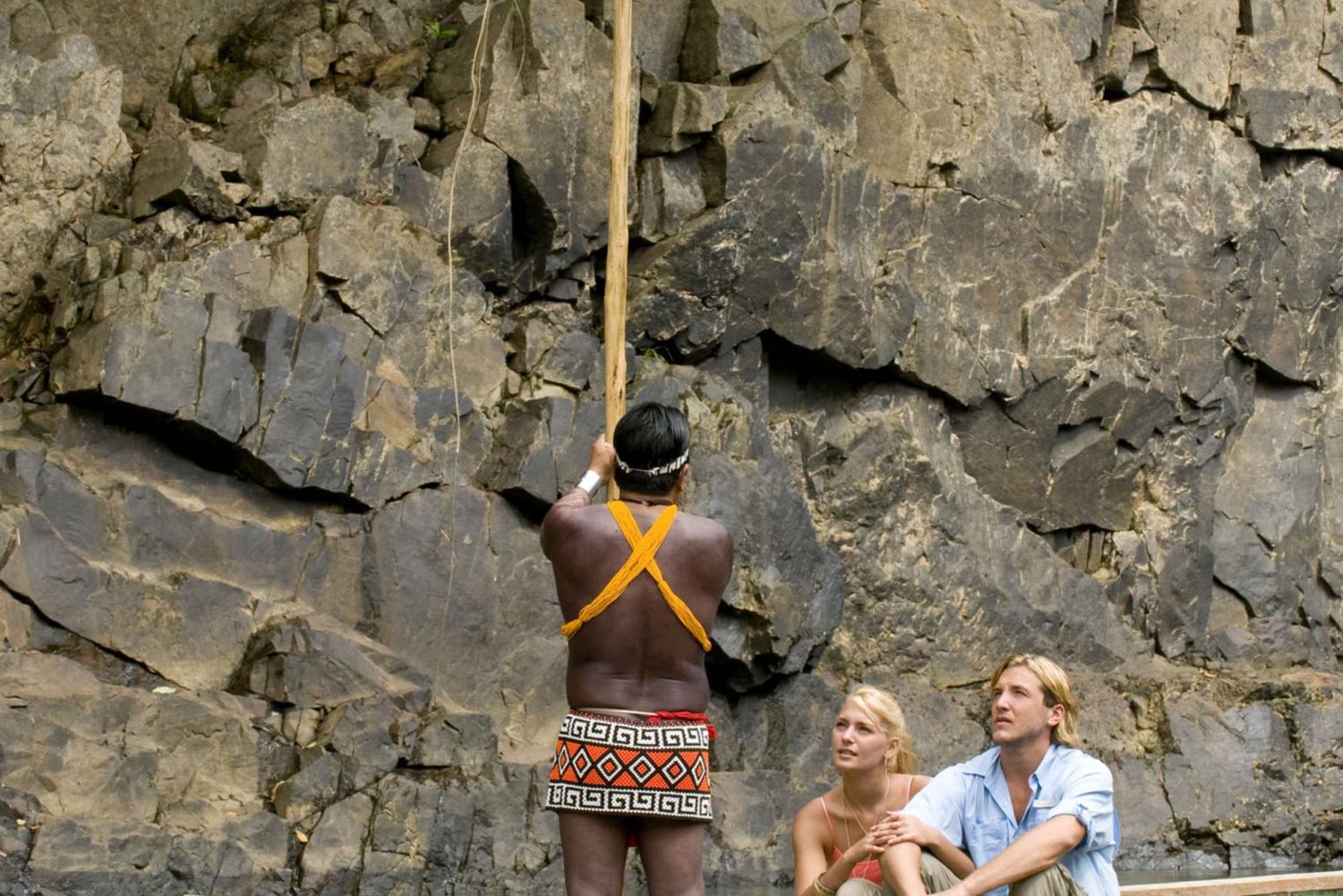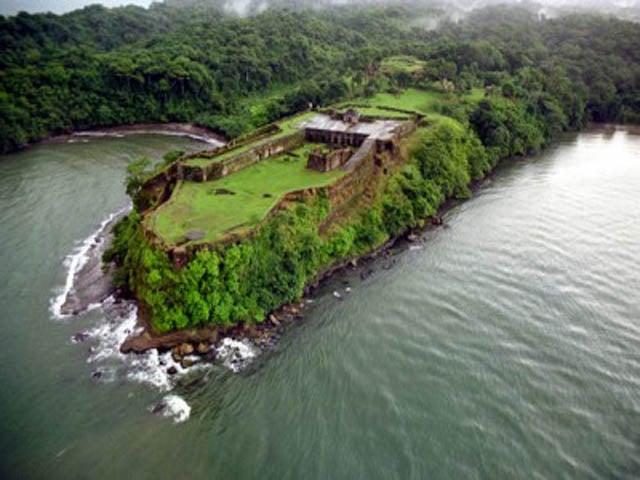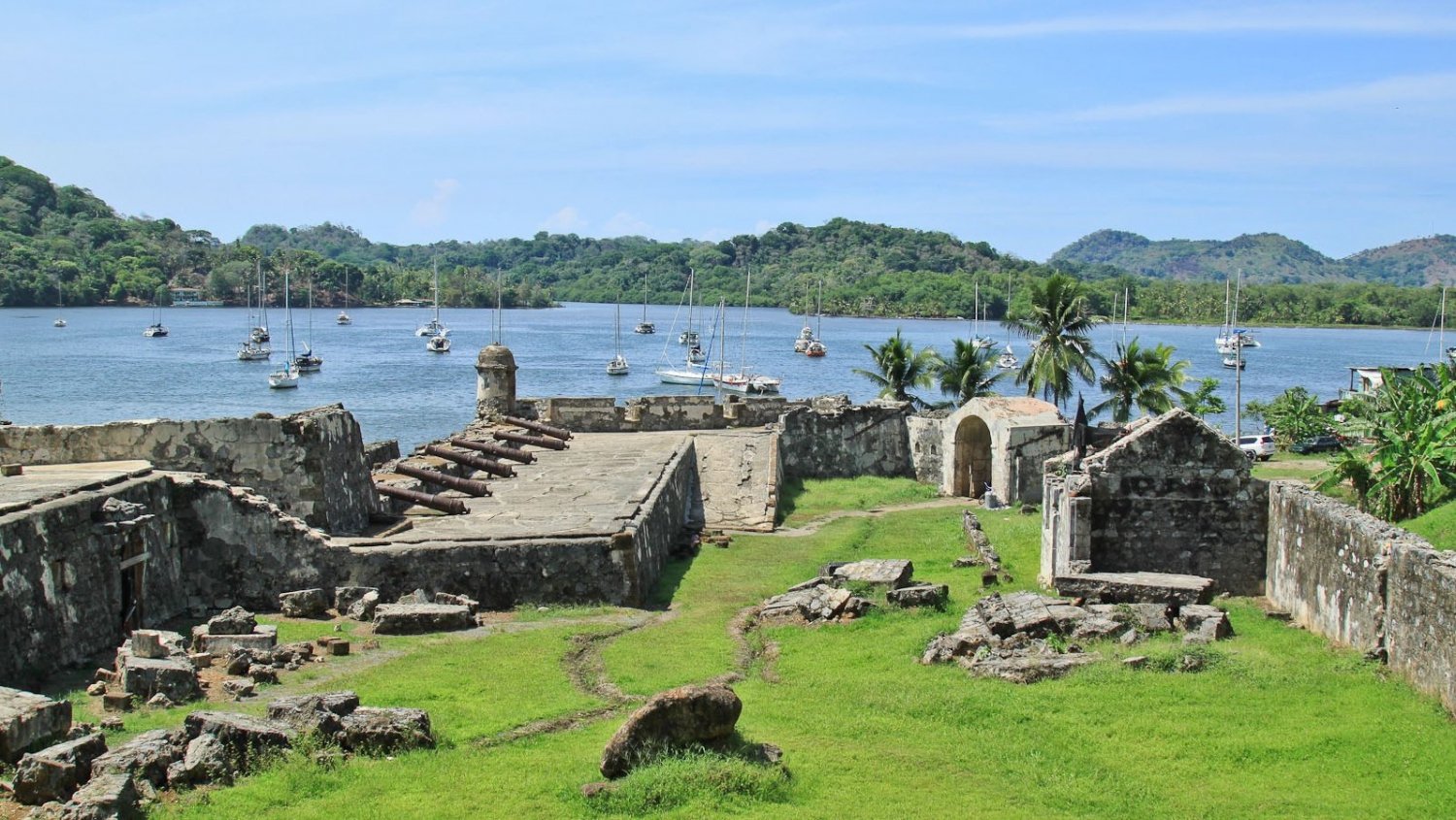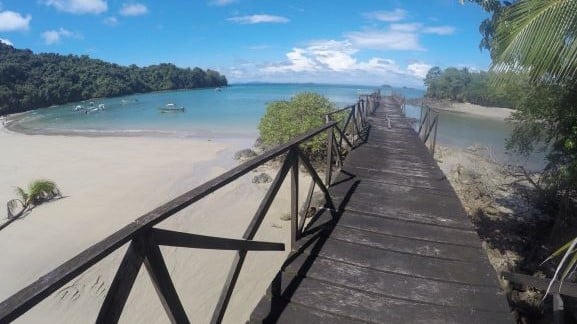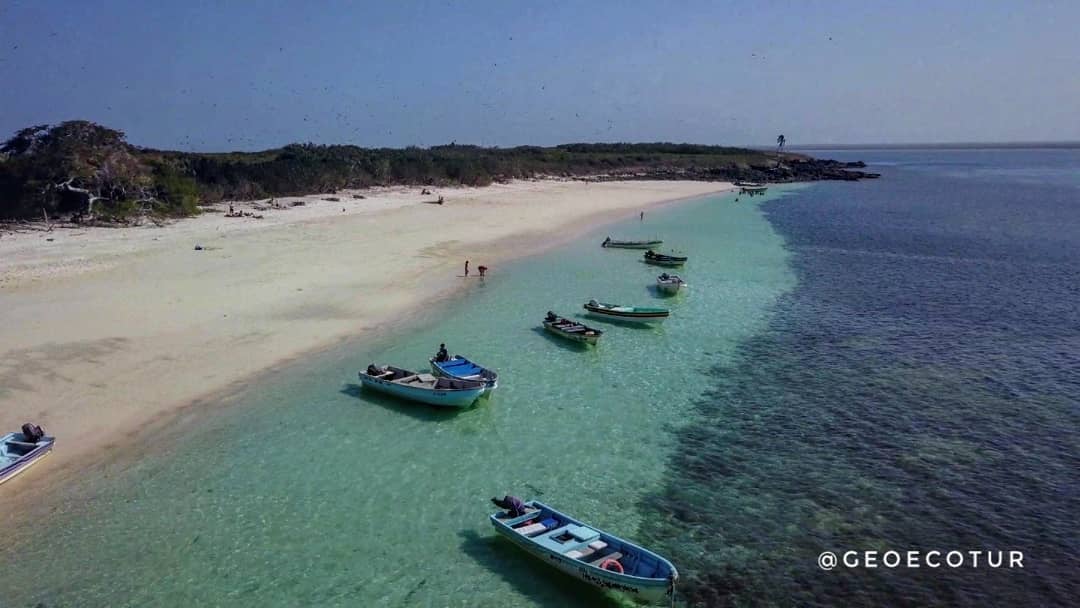Driving Like a Panamanian
when it comes to driving and traffic, they have very little patience
Book Top Experiences and Tours in Panama:
If youʻre booking your trip to Panama last minute, we have you covered. Below are some of the top tours and experiences!- Panama City: Half Day City and Panama Canal Tour
- From Panama: 3-Day San Blas Islands Tour
- Panama: Guided Northbound Panama Canal Cruise
- Monkey Island and Indian Village Tour
- Panama: Private Layover Tour
When I arrived in Panama City I could see almost instantly that driving here would be challengingâ¦but after a few months and observing the patterns of drivers I am able to navigate through the traffic easier and sometimes predict what the other drivers will do. Prediction is actually necessary here as donât expect to see anyone using their indicators.
Iâve learnt a few tricks in my time here that will help any newcomer, so if you are planning to drive in Panama I suggest you read on!
Driving in Panama is on the right side of the road, and the traffic signs and signals are similar to those in the U.S. However, by taking just a glance at the roads in Panama City, drivers can appear to be in utter chaos.
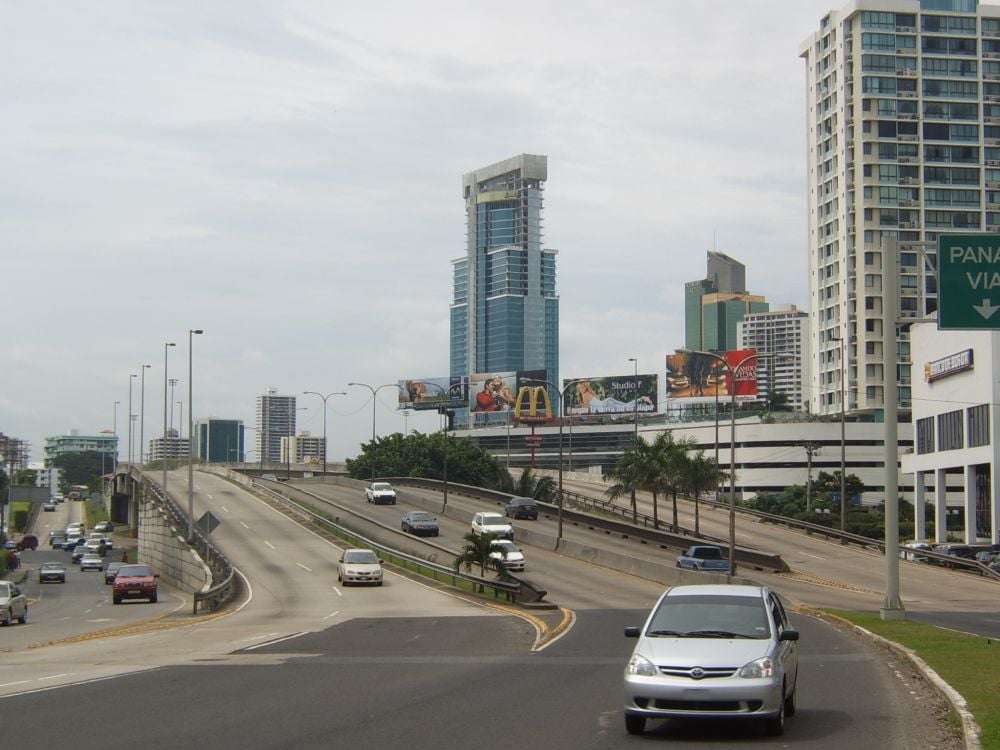
The first thing to expect is to hear a lot of honking. People here in Panama use the horn frequently and for a variety of reasons. Here is the low down on the horn lingo:
⢠A quick âhonkâ can be expected as SOON as a light turns green, this is a signal for you, or whoever is in front of the traffic queue to âget a move onâ.
⢠Another occasion where a quick âhonkâ is deemed appropriate is when driving down a street and a car may or may not pull out or reverse out in front of you. The âhonkâ indicates âIâm goingâ¦donât even think about moving.â
⢠Now, the most frequently sounded horn is a long, aggressive âHOOOOONNNNNNNKâ. This is a sign of âyour cutting me off, I want to ram you, but that will damage my car so Iâm going to honk loudly so you know that Iâm annoyed.â
⢠The final horn sound that is distinguishable from the rest applies to pedestrians, thatâs a quick âhonk, honkâ done by taxi drivers, their way of saying âdo you need a ride?â
Another way of signaling to fellow drivers is by hand gestures, now I do not mean the rude ones, but using your hand to indicate where you are headed is common practice, especially in traffic jams.
Using your actual car indicator is a no-no, trying to change lanes with that on, is just asking to be blocked and purposely ignored. But rolling down the window, smiling and pointing in a âwould you kindly let me in please?â manner works like a charm. This also saves you from having to push your way in and getting the long âHOOOOONNNNNNNKâ from the driver behind you.
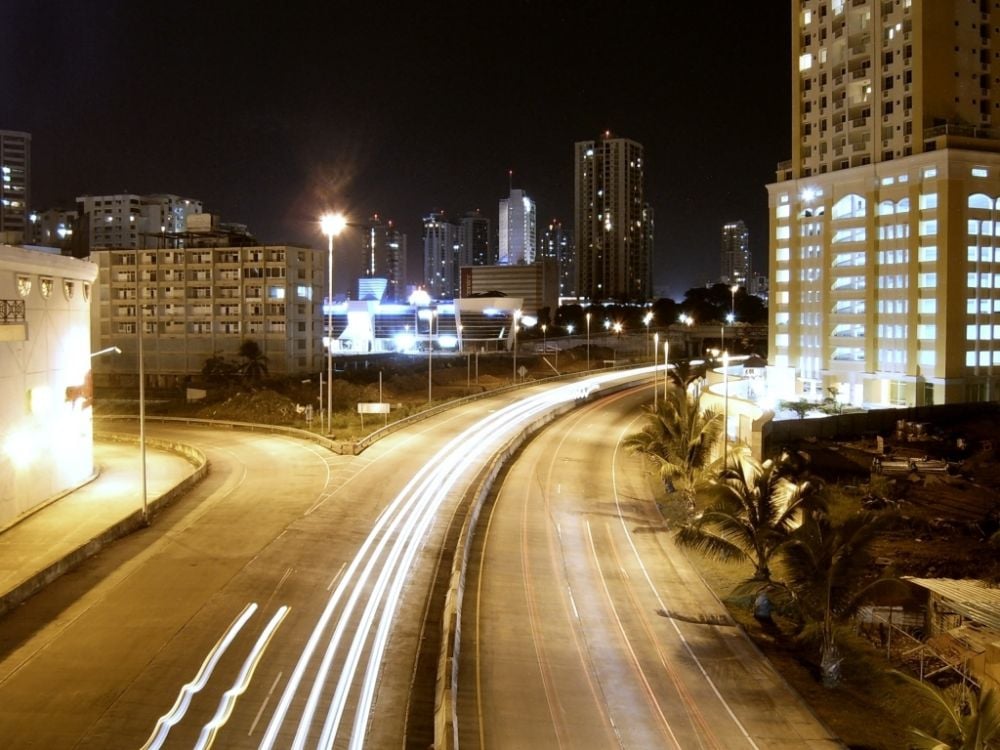
A couple of things to be aware off are when going through a light thatâs just turned green, some people who just didnât make the amber light in the cross road might nip through right in front of you. Seriously! Sometimes it is more than one car that goes through, so wait a couple of seconds. Another warning is to be aware if you are driving behind a taxi. You will notice that most taxis are banged up in the back; this is because they will stop anytime, anywhere, without warning to pick up a fare. So just use caution when behind one, taxi drivers also know that if a car runs into the back of the them, the driver of the car is always to blame. These front to back accidents are the most common in the city, minor collisions at low speeds otherwise know as âfender-bendersâ.
The traffic in the city at the moment is a major issue, they are currently building a metro there and its causing a lot of road works, diversions and of course congestion. Even if your destination is close you should always give yourself an extra 15-20 minutes for traffic, it is better to be early than to be late (although if you are meeting a local, most good Panamanians will be late). The worst thing about the traffic is that it is un-predictable. It can be congested at any time of the day or night, even when you least expect it. Panamanians are laid back in everyday life but when it comes to driving and traffic they have very little patience, so try your best not to get sucked in to the road rage all around you. Also, watch out for potholes as deep as graves and expect people to swerve onto your side of the road when avoiding holes on their side.

If you are lost and need to ask around for directions, keep in mind that even though the roads in Panama City are signposted, nobody knows street names. Directions are given by referencing landmarks and McDonalds in the area. True story.
But when all is said and done, I do highly recommend that you dare to drive here in Panama City as public transport is still developing. In a few years the metro should be complete which will be great, but at the moment, getting around without a car really limits what you can see and do. Especially as buses usually have very long lines, they are crowded and have long routes through the busy city traffic. Taxis are not metered, they state their price and they can even refuse to take you, therefore driving is definitely more convenient.
Now Iâve given you a few tips and tricks for driving in Panama, I hope it can help make it easier for you and make your visit to Panama more enjoyable.





